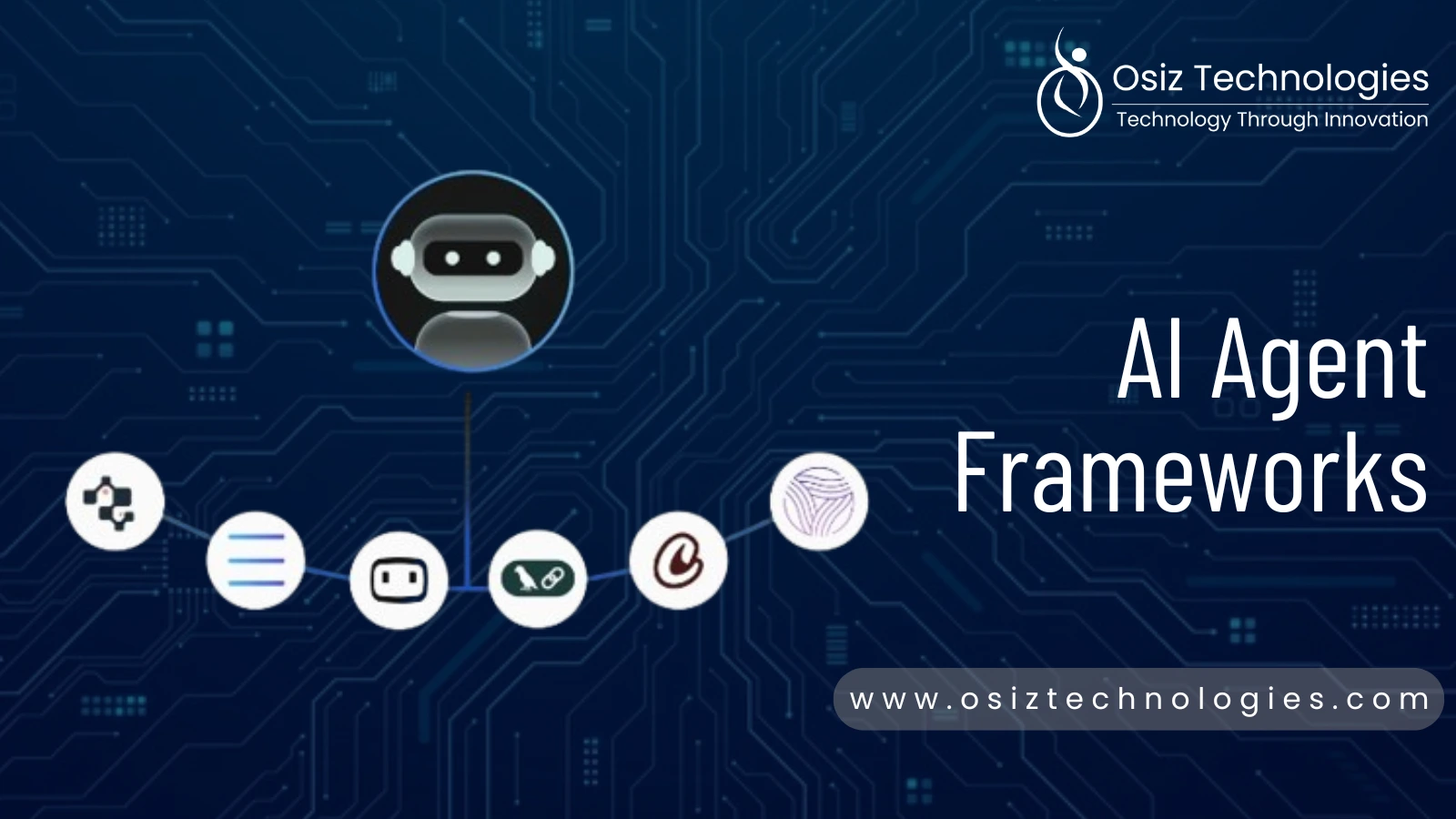Data, in today's digital age, is as much an integral part of a business as physical assets such as office buildings or truck fleets. Just like tangible assets, data, too, can suffer failure or even be damaged, lost, corrupted, or stolen. As businesses grew more and more dependent on their data, the management and protection of it became a more complex, expensive, and vital process. Business leaders are now starting to ask some very basic questions: Where is our data stored? Who can access it? What could be the cost of a failure of data? And above all else, what is our contingency plan in case of a disaster? This blog will explain all the above questions.
Let’s Get In!
The Need for Disaster Recovery
The inability to access or restore data on time can be very serious, since businesses depend more on their data than ever. Therefore, a good disaster recovery strategy would ensure that IT operations either remain up and running or are restored quickly enough in the case of some unexpected disruption. Effective disaster recovery involves sophisticated methods for replicating and storing data in such a way that critical information will not be lost in case of a single incident. This significantly brings down the chances of data loss and works towards business continuity.
If a company does not have an adequate disaster recovery plan, it is exposing itself to substantial financial and reputation risks. Reductions in revenue, loss of opportunity, and dissatisfaction among customers will add to the bottom line after data loss. Moreover, it might result in a loss of trust from customers and business partners, which again would further lead to leakage of confidential information and might then land one into legal and regulatory problems, particularly for highly sensitive information. The impact on finances and operations, when such disruption occurs, is overwhelming and thus proves that a recovery strategy must be planned at large.
Benefits of Cloud-Based Disaster Recovery
In-house disaster recovery can be capital-intensive and highly time-consuming, difficult to maintain. A much more efficient way is to take advantage of cloud-based disaster recovery services that offer fast deployment and a pay-as-you-go type model. This lets the evolution of your disaster recovery plan keep pace with your business.
Cost-Effectiveness: Cloud-based disaster recovery eliminates the requirement for massive capital investment in hardware and infrastructural resources. You pay per use, reducing IT costs and freeing up resources for other areas.
Flexibility and Agility: Cloud solutions provide flexibility to the backup strategy and recovery given changing business requirements. This allows scaling services up or down with requirements and has no fixation on fixed infrastructure.
Automation: Cloud-based recovery solutions heavily automate the disaster recovery process, reducing possible human error and freeing human resources for other important duties.
Reliability: There will be replicating of data in different places in the cloud. So even if your main data center encounters some issues, your data will be completely safe. Periodic testing and checking increase reliability further.
Critical Components of a Cloud-Based Disaster Recovery Solution
To seriously take advantage of cloud-based disaster recovery, the vendor chosen should offer a couple of key capabilities.
Full Data Replication: Information duplication over different locations against hardware failure, data corruption, or disaster is called data replication. Efficient cloud solutions should ensure the synchronization of data with very minimal latency and seamless integration with a wide variety of cloud services. Advanced features such as versioning and incremental backup enhance recovery from multiple points in time.
Quick Recovery: Business operations require quick recovery; hence, the impact on business can be reduced if only affected files are restored and not full data restored. The cloud vendors should be in a position to run operations from backup data temporarily until its full recovery.
Automated Failover and Failback: A good data recovery plan will, in case of an event, incorporate automated failover to backup systems and failback to the primary system once it's restored. Such automation reduces manual interventions, minimizing errors and thereby downtime.
Multi-Cloud Support: Most of the modern IT environments run on multiple cloud providers. To maintain ease of access and flexibility within a multi-cloud environment, a cloud disaster recovery solution is necessary. This functionality ensures freedom from vendor lock-in and an adaptable IT architecture with evolving business requirements.
Continuous Monitoring and Reporting: Real-time monitoring of IT is critical to ensure that it is managed before anything breaks. The continuous review of infrastructure health, data backup, and system availability allows concerns to be noted well in advance, thus avoiding downtimes and ensuring data integrity.
Cost-Effective Storage: Technology in an effective disaster recovery solution avails data de-duplication, compression, and efficacious cloud storage integration to manage costs. Automation of resource provision avoids over-provisioning and associated wasteful spending.
Pros of Cloud Data Recovery Solutions
Decreased Downtime: Through automation and increased velocity in data recovery procedures, cloud-based solutions genuinely decrease the likelihood of downtown to support productivity and service levels. That's not only business continuity; it also engenders trust among customers by limiting the effects of disruptions.
Scalability and Flexibility: Cloud Disaster Recovery scales so organizations can increase storage and resources as required without suffering major disruptions. Such flexibility is important to businesses that are increasing their data rapidly or where needs are changing.
Data Security and Compliance: The security of the data during the entire recovery process is paramount. Robust encryption standards, such as role-based access controls, are usually followed for securing information residing in a cloud solution. The quest for a vendor with industry certifications further justifies his commitment to security and compliance.
Simplified Management: Centralized control systems and user-friendly interfaces make management of disaster recovery easier. A consistent console helps in coordination among many different teams while an intuitive interface minimizes human error.
Conclusion
In modern digital business, data protection and disaster recovery are considered the two most important facets of conducting a business. Cloud-based solutions are one flexible, cost-effective, and dependable means of protecting mission-critical data and ensuring business continuity. By choosing a reliable Cloud Solution Provider like Osiz, enterprises minimize the risk of losing very vital data and continue to be operationally resilient amidst unprecedented disruptions.
Listen To The Article
Recent Blogs

Halloween 15-30%
Offer












